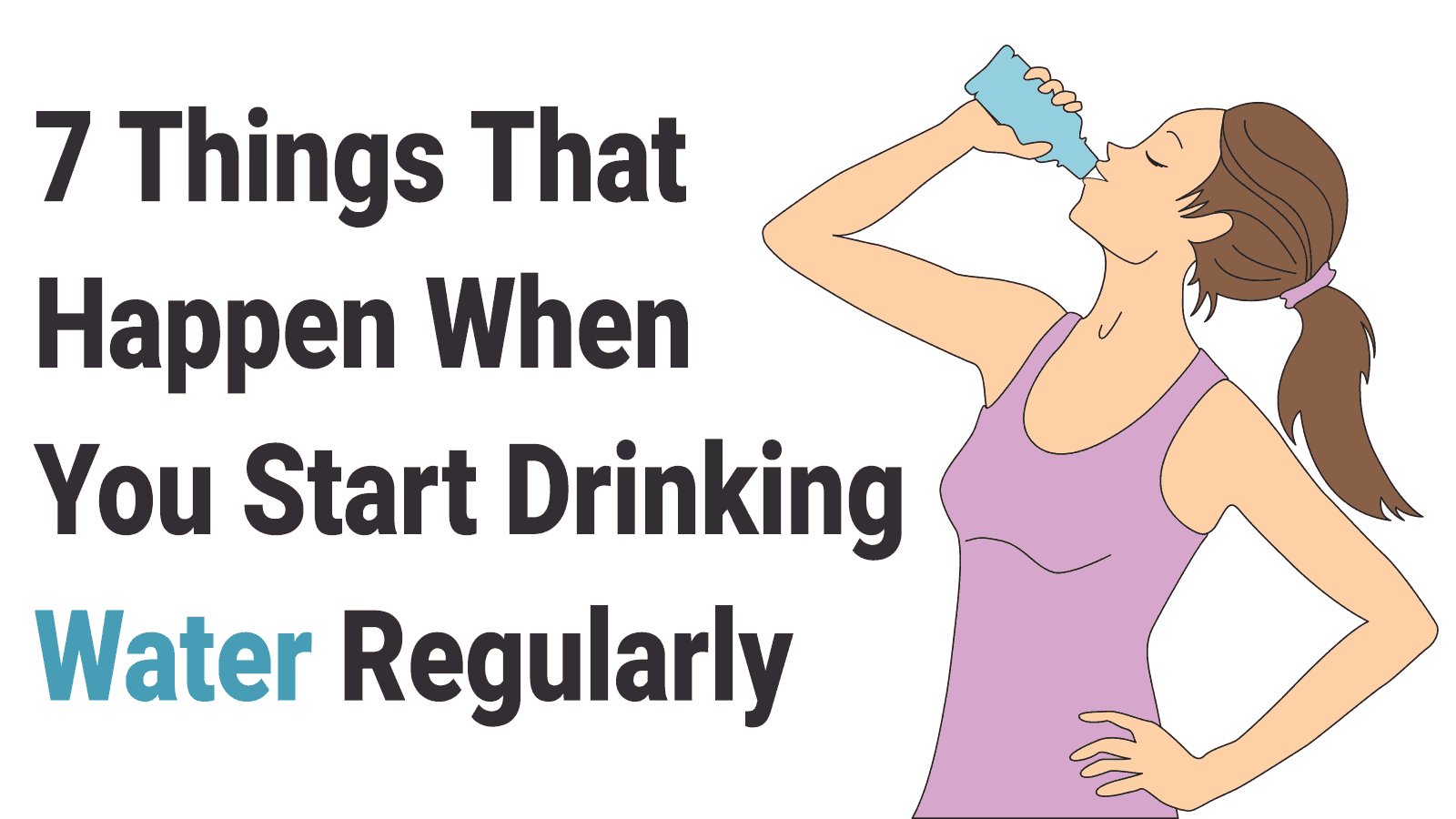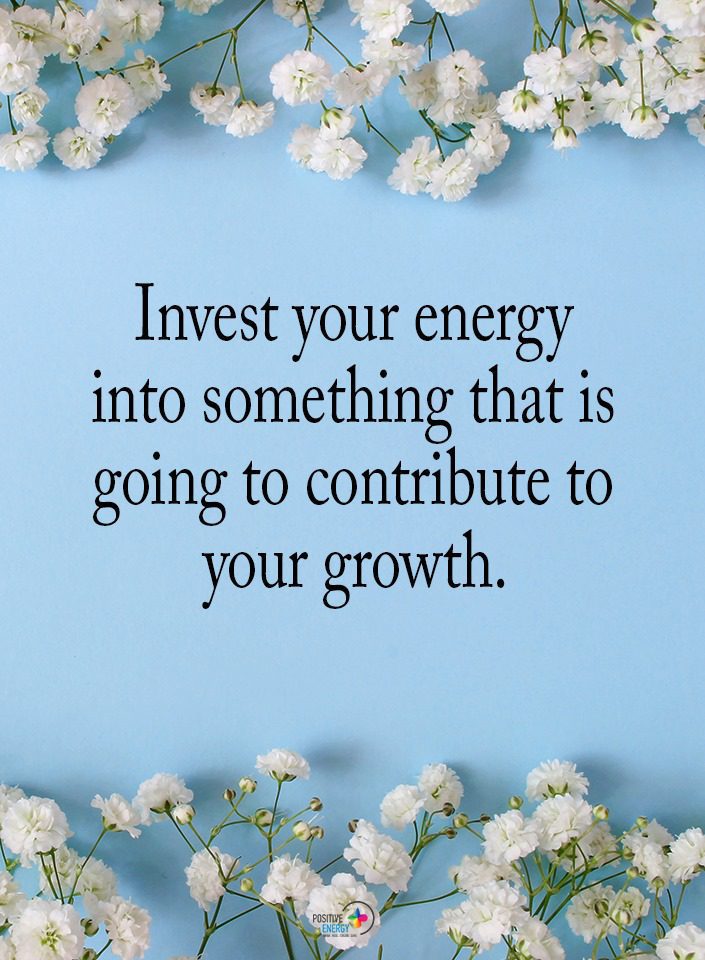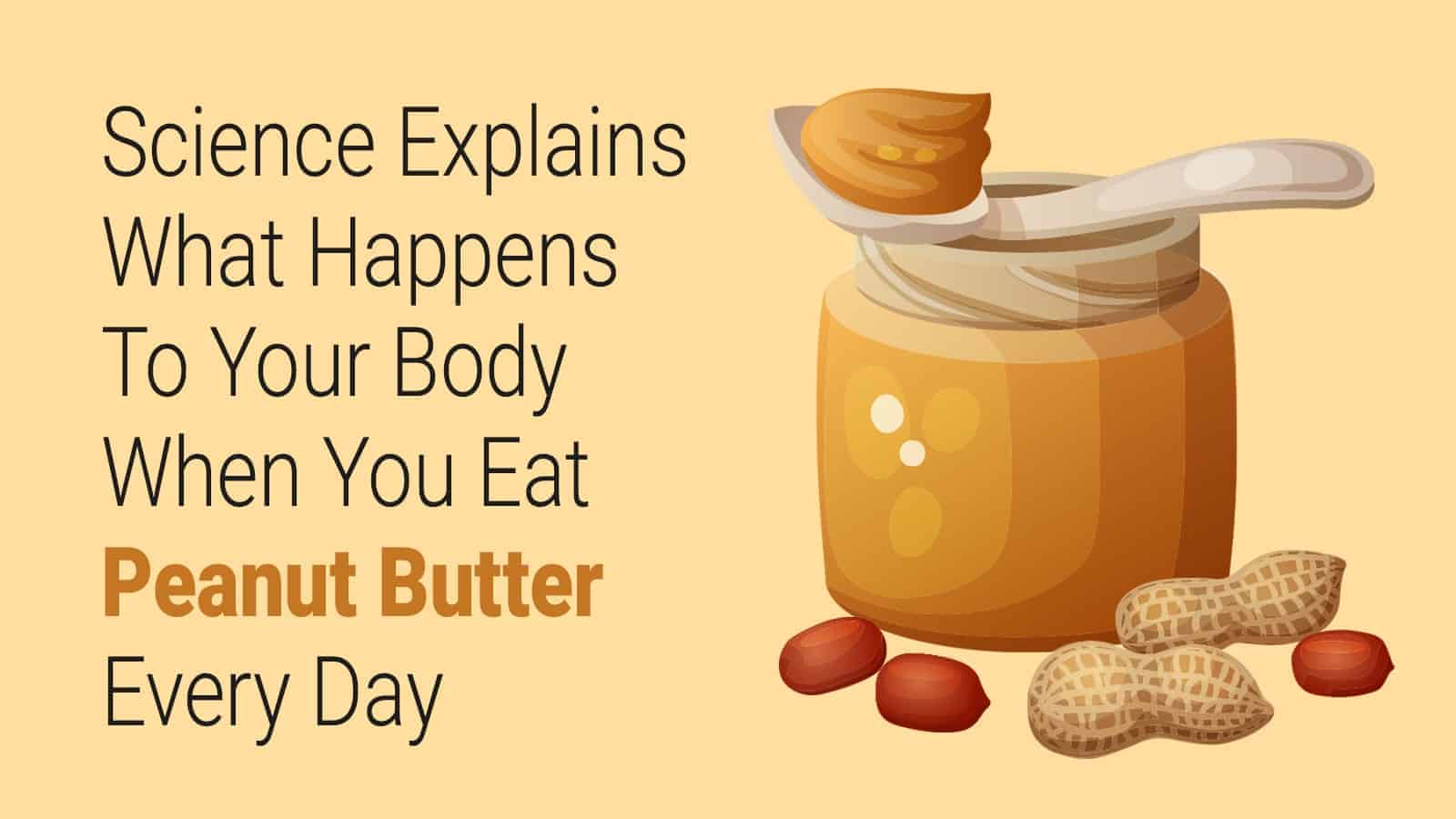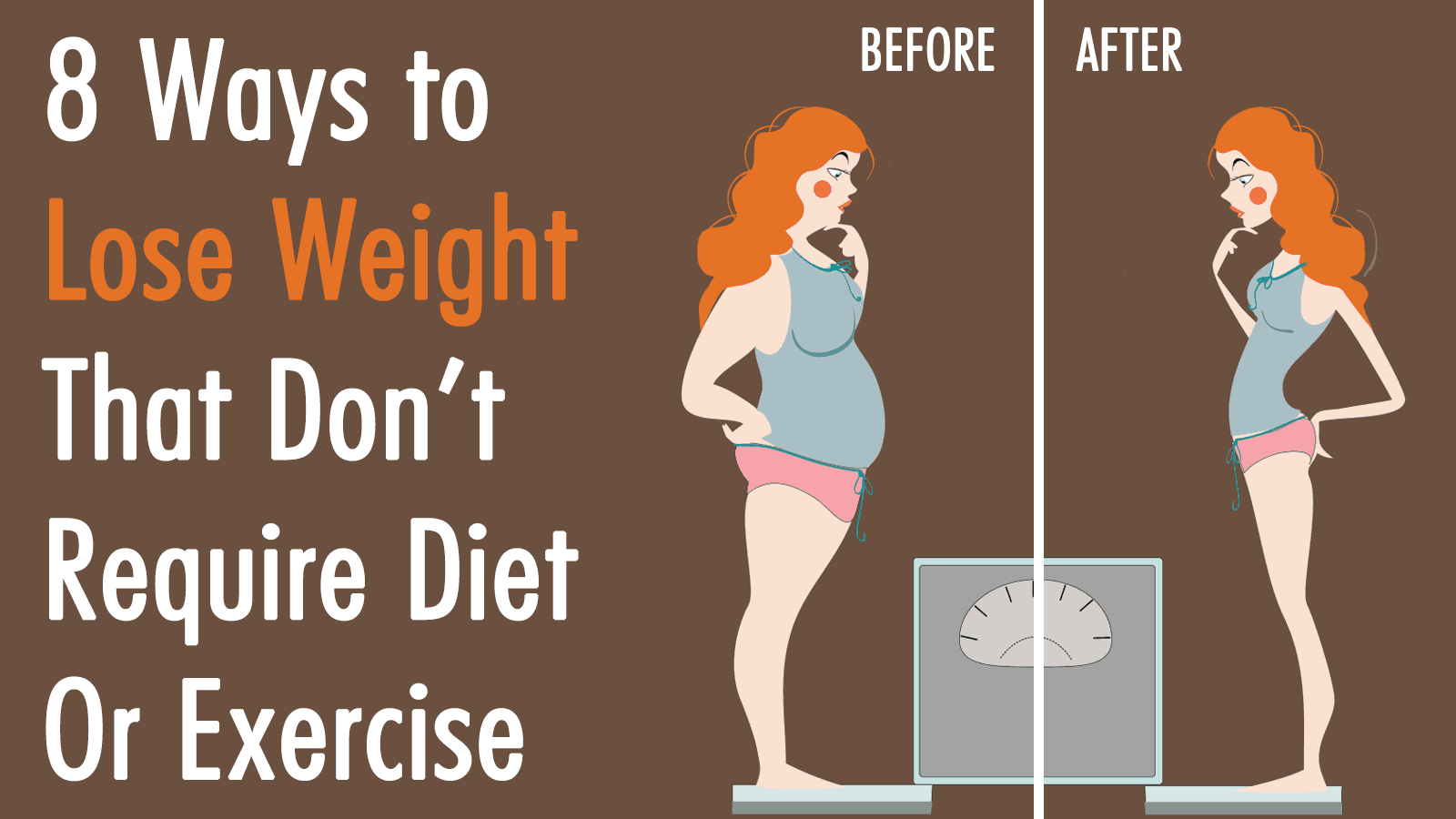We are facing yet another epidemic in the modern world: exhaustion. People complain of being tired for no reason in particular and don’t know how to remedy the situation. It’s no surprise that so many people feel this way with how much weight most of us carry on our shoulders. However, since we all have to find a way to live in this world, how can we thrive instead of just survive? How can we have more energy to take care of our responsibilities without feeling burnt out?
If you go to a grocery store, you’ll see tons of products from pills to powders to energy drinks claiming to boost your vitality. However, most energy drinks only boost your energy due to two ingredients: caffeine and sugar. With so many unhealthy products out there, how can you filter out the harmful ones and hone in on those that will actually benefit your health? We will go over some of the best things you can do to have more energy below.
10 Ways to Boost Your Energy Naturally
1. Reduce your stress.
Stress can drain your energy pretty quickly because stress causes cortisol to be released into the body. This hormone triggers a fight-or-flight response, which is intended to prepare you to take action against a threat. Cortisol in itself is not a bad thing, but too much of it can lower your immune response and make you feel exhausted.
To have more energy, it’s important to take control of the stress in your life. Make a list of everything that stresses you out. In a separate column, write down a solution to each of those stressors. How can you reduce stress from work, family, relationships, finances, etc.?
Another solution to stress is to make time in your day for relaxation. Meditation, yoga, exercise, taking a hot bath, or listening to relaxing music before bed can help take your mind off things and get yourself into Zen mode, at least for a little while.
2. Don’t be a workaholic.
Many people say that the main source of stress in their life is work. Work demands a lot of energy from us, especially if we work overtime. If needed, try to cut your hours at work so that you have more energy for other things, such as exercise, family time, and hobbies you enjoy.
Also, try to delegate at work so that you don’t have as many responsibilities weighing you down. Work can certainly be mentally draining. You need to put yourself first at some point in order to protect your energy and mental health.
3. Move your body.
Exercise offers so many benefits to the human body, including enhancing energy levels. You have more energy from working out for several reasons. For one, it increases endorphins, feel-good hormones that are released when the body needs a quick burst of energy to perform. This is where the term “runner’s high” comes from. Endorphins induce a feeling of euphoria that provides a natural high.
Exercise also boosts your heart health, which can increase your endurance. Because it will take less energy for you to perform daily tasks once your stamina increases, you will have more energy left over for other tasks.
Furthermore, exercise promotes better sleep, which will help you feel sharper and more refreshed each day. A study published in April 2015 in the Journal of Sleep Research studied people with insomnia who exercised for at least 150 minutes each week doing moderate-intensity workouts. Researchers found that the participants had less severe insomnia symptoms as well as a boost in their moods when they exercised the recommended amount.
Also, regular exercise has been proven to increase focus and eliminate “brain fog.” According to a study of older adults published in April 2016 in Oxidative Medicine and Cellular Longevity, a program of 24 weeks of moderate-intensity aerobic exercise improved brain functions such as concentration. A sharper focus will allow you to have more energy throughout your day because your brain will function better.
Exercise can also eliminate depression and anxiety symptoms, which will allow you to have more energy because your mind will be calmer and more focused.
4. Don’t smoke.
Most people know that smoking harms your health in numerous ways, but did you know that it can also drain your energy? Not only does your body have to work harder to pump blood and send oxygen to your brain, but smoking can cause insomnia due to the nicotine present in cigarettes. Nicotine is a stimulant, so if you smoke later in the day, it can lead to restless sleep. Plus, even when you fall asleep, the chemicals in the cigarettes can cause you to wake up in the middle of the night with cravings.
5. Sleep less.
Since most people suffer from sleep deprivation, this advice might seem counterproductive. However, most people spend quite a bit of time in bed not actually sleeping, which can make it difficult for your body to know how much sleep you really need. So, in order to figure that out, you need to restrict your sleep for a while until your body falls into a natural cycle where you feel totally rested the next day.
Here’s some advice on how to get started:
- Don’t nap during the day.
- Start out with four hours of sleep and work your way up.
- If you slept well during those four hours, add 15-30 minutes each night until you feel totally rested when you wake up the next day.
- If you find yourself waking up in the middle of the night, don’t just lie in bed and wait to fall back asleep. Get up and read a book, make tea, or do something else that makes you sleepy.
6. Eat healthy foods.
Avoid eating a lot of processed foods with refined starches and sugars, as these get used up by your body fairly quickly. This means that, while you will feel a burst of energy, you’ll also feel quite fatigued after you’ve used it up. Eat mostly whole foods such as grains, fruits, vegetables, avocadoes, nuts, seeds, fatty fish such as salmon, and full-fat dairy. Try to eat small meals frequently so your body gets a steady supply of nutrients; you will have more energy doing this than eating three meals per day.
7. Know when to put down the tech.
Research shows that heavy technology use, especially before bed, can disrupt your circadian rhythm and affect melatonin production, which can lead to insomnia and other sleep disorders. The widespread use of cell phones, tablets, and computers makes it difficult for the body to discern between night and day. We are so heavily attached to these devices. Many people use their phones right up until bedtime. Some people even find themselves waking up in the middle of the night to check their phones!
To combat this growing problem, try limiting your technology use later in the day. After about 6 pm, don’t watch TV, use your phone, or get on the computer. It might seem daunting, but you will get used to it after a couple of weeks. You’ll have more energy the next day since you won’t be exposed to so many artificial lights late in the day.
Technology doesn’t just affect sleep, either. Too much technology has been linked to other health problems such as depression, anxiety, fatigue, eye strain, neck pain, memory problems, and many other conditions. Our cell phones have become practically glued to our hands. While they provide convenience, they might be doing more harm than good. Try using your phone or computer only when you need to and not just out of habit or when you’re bored.
8. Limit alcoholic beverages.
Alcohol is a sedative, so if you want to have more energy, limit alcohol intake. Avoid it especially in the middle of the day when you typically have things to take care of. Also, drinking close to bedtime is not ideal. Alcohol can affect your sleep cycle by causing spikes in your insulin levels, which can lead to waking up in the middle of the night. If you do drink, try drinking earlier in the evening and limit yourself to one or two drinks.
9. Drink H2O more often.
So many people suffer from chronic dehydration and don’t even know it. We’ve replaced water with sports drinks, coffee, and other sugary beverages that do nothing for our health and end up making us thirstier. Water actually gives you energy by hydrating your cells and helping with various bodily functions. It’s important to drink plenty of it throughout the day. Try bringing a reusable water bottle with you to work and refill it a few times per day.
10. Spend time in the great outdoors.
So many people wake up with an alarm each morning. However, sunlight and fresh air can provide a much more relaxing, natural way to get you going. Nature provides one of the most natural energy-boosters. Since most people have access to a park or even just a sidewalk in their neighborhood, this is one of the easiest ways to have more energy. Before work or school, take a walk around your neighborhood or drive to a nearby park. Even if you only have 15 minutes, you’ll feel much more refreshed to start your day.
Final Thoughts on Ways to Have More Energy
Plenty of people reach for coffee or other stimulants to have more energy, but the tips listed above can provide longer-lasting energy. Plus, these natural energy boosters don’t cause your body to crash later on.
In general, try living more naturally by getting plenty of fresh air, eating healthy, moving your body, and turning off the media a couple of hours before bedtime. You’ll start noticing a boost in energy and overall health, which will make you feel happier and more alive.













